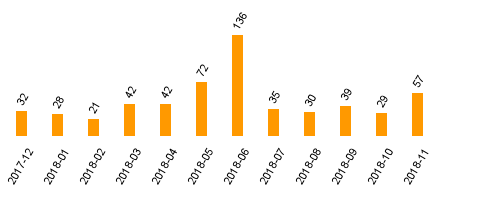Methods of Third-Party Intervention
Fisher, RonDownload:
pdf-Format: Dokument 1.pdf (670 KB)
| URL | http://edoc.vifapol.de/opus/volltexte/2011/2579/ |
|---|---|
| Dokumentart: | Bericht / Forschungsbericht / Abhandlung |
| Institut: | Berghof Forschungszentrum für Konstruktive Konfliktbearbeitung |
| Sprache: | Englisch |
| Erstellungsjahr: | 2001 |
| Publikationsdatum: | 30.10.2011 |
| Originalveröffentlichung: | http://berghof-handbook.net/documents/publications/fisher_hb.pdf (2001) |
| DDC-Sachgruppe: | Politik |
| BK - Basisklassifikation: | 89.76 (Friedensforschung, Konfliktforschung), 89.90 (Außenpolitik, Internationale Politik) |
| Sondersammelgebiete: | 3.6 Politik und Friedensforschung |
Kurzfassung auf Englisch:
Third party intervention is a typical response to destructive and persistent social conflict and comes in a number of different forms attended by a variety of issues. Mediation is a common form of intervention designed to facilitate a negotiated settlement on substantive issues between conflicting parties. Mediators are usually external to the parties and carry an identity, motives and competencies required to play a useful role in addressing the dispute. While impartiality is generally seen as an important prerequisite for effective intervention, biased mediators also appear to have a role to play. This article lays out the different forms of third-party intervention in a taxonomy of six methods, and proposes a contingency model which matches each type of intervention to the appropriate stage of conflict escalation. Interventions are then sequenced, in order to assist the parties in de-escalating and resolving the conflict. It must be pointed out, however, that the mixing of interventions with different power bases raises a number of ethical and moral questions about the use of reward and coercive power by third parties. The article then discusses several issues around the practice of intervention. It is essential to give these issues careful consideration if third-party methods are to play their proper and useful role in the wider process of conflict transformation.
Für Dokumente, die in elektronischer Form über Datenenetze angeboten werden, gilt uneingeschränkt das Urheberrechtsgesetz (UrhG). Insbesondere gilt:
Einzelne Vervielfältigungen, z.B. Kopien und Ausdrucke, dürfen nur zum privaten und sonstigen eigenen Gebrauch angefertigt werden (Paragraph 53 Urheberrecht). Die Herstellung und Verbreitung von weiteren Reproduktionen ist nur mit ausdrücklicher Genehmigung des Urhebers gestattet.
Der Benutzer ist für die Einhaltung der Rechtsvorschriften selbst verantwortlich und kann bei Mißbrauch haftbar gemacht werden.
Zugriffsstatistik
(Anzahl Downloads)


